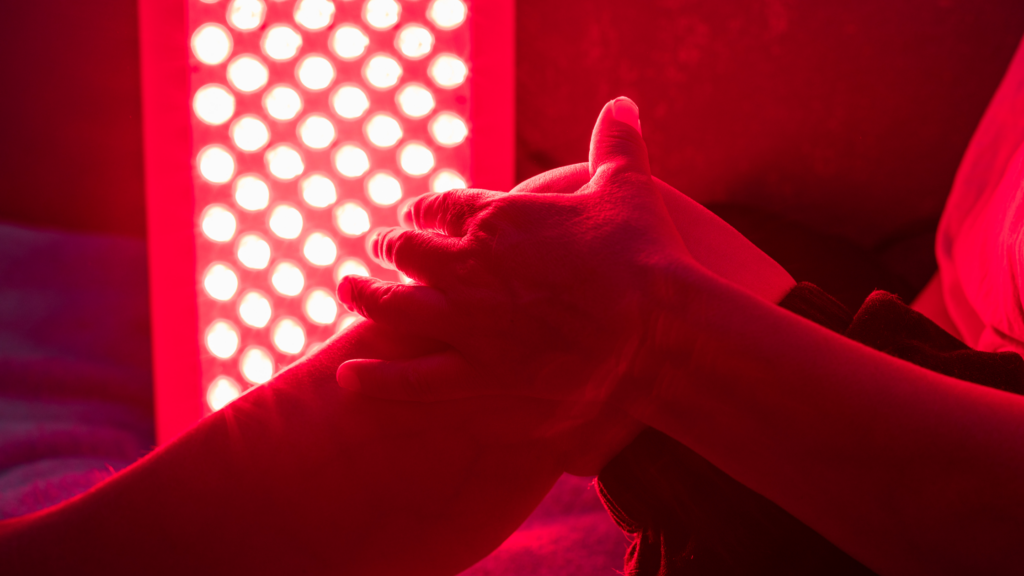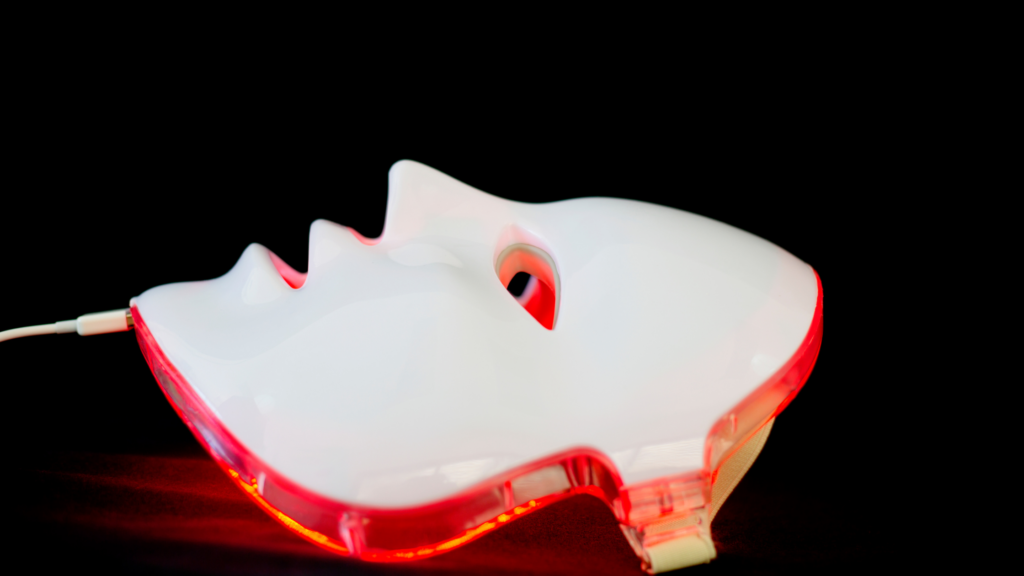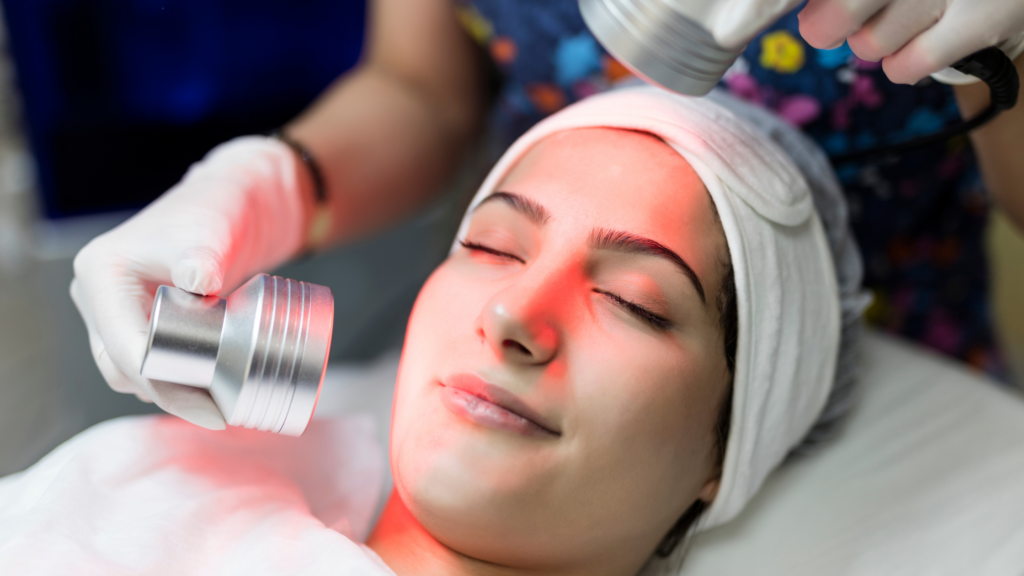Red light therapy is gaining attention for its ability to support healing, reduce inflammation, and promote better energy at the cellular level. It’s a gentle, non-invasive treatment that aligns with many benefits. Whether you’re managing chronic pain, working on skin health, or looking to support your body’s recovery after exercise, red light therapy is worth understanding.
Let’s walk through what it is, how it works, why people use it, and what to be cautious about. You don’t need a science degree to get the basics—just some curiosity and a little time.

What Is Red Light Therapy?
Red light therapy (RLT), also called photobiomodulation, uses specific wavelengths of red and near-infrared light to influence how your cells work. This light is usually delivered through panels, handheld devices, or lamps that shine directly onto your skin. The light doesn’t feel hot, and treatments are typically painless.
The key idea is that this light reaches the mitochondria—the tiny “power plants” inside your cells that make energy. When exposed to red or near-infrared light, mitochondria work more efficiently. They produce more energy in the form of ATP (adenosine triphosphate), which your body uses for almost everything it does. This small change can lead to big improvements in how your tissues heal, how your skin looks, and how you feel.
Red light therapy also seems to reduce oxidative stress and help calm inflammation—two major drivers of many chronic conditions.
What Can Red Light Therapy Help With?
Research is still ongoing, but here are some areas where red light therapy shows real promise:
- Pain Relief: Many people use red light therapy for joint pain, arthritis, muscle tension, and fibromyalgia. It appears to reduce inflammation and help tissues heal more quickly, which can relieve discomfort.
- Skin Health: Dermatologists have used red light therapy to support collagen production, reduce fine lines and wrinkles, and speed up wound healing. It may also help manage acne, psoriasis, and eczema.
- Muscle Recovery: Athletes use red light therapy to reduce soreness and recover faster after workouts. It seems to help muscles repair themselves more efficiently.
- Brain and Mood: Early research suggests red light therapy may have protective effects on the brain. It’s being studied for cognitive function, brain injury, and even mood disorders like depression.
- Thyroid Support: Some small studies suggest that red light therapy might help reduce symptoms of underactive thyroid conditions, especially in autoimmune cases like Hashimoto’s.
These benefits make red light therapy an exciting tool for nurse practitioners who are helping patients manage pain, fatigue, and inflammation without relying only on medication.

How to Use Red Light Therapy Safely and Effectively
Like any therapy, the details matter. Here are a few guidelines if you’re thinking of trying it:
- Wavelengths: The most helpful wavelengths fall between 630 and 670 nanometers (red light) and 810 to 880 nanometers (near-infrared). Red light mainly helps surface tissues, like skin, while near-infrared light can reach deeper areas like joints and muscles.
- Session Length: Most people use red light therapy for about 5 to 20 minutes per session.
- Frequency: It’s usually recommended 3 to 5 times per week, depending on your goals.
- Distance: Keep the light source 6 to 18 inches away from your skin for the best balance of safety and effectiveness.
Choosing a high-quality device matters, especially if you’re using it at home. Look for FDA-cleared panels or lamps with adequate light strength (often listed as irradiance, ideally above 20-30 mW/cm²). Nurse practitioners often guide patients on selecting devices that meet these standards and are safe for home use.
What to Expect During a Session
A session with red light therapy is typically simple. You sit or lie near the device while it shines on the target area. You won’t feel much during treatment, and you can resume normal activities right afterward. Consistency is key; benefits often build over time with regular use.
Is Red Light Therapy Safe?
Yes, red light therapy is generally considered very safe. It doesn’t use UV rays, so there’s no risk of sunburn or skin damage. Side effects are rare but might include slight redness or temporary tightness in the skin after longer sessions.
Still, it’s wise to avoid shining light directly into the eyes and to follow the manufacturer’s instructions. If you have a medical condition or are taking medications that increase sensitivity to light, speak with a healthcare provider first.
Nurse practitioners often use red light therapy as part of a broader, personalized treatment plan—one that includes nutrition, lifestyle, and targeted supplements.
Why Isn’t Everyone Using It Yet?
While the therapy is promising, there are a few reasons it hasn’t gone fully mainstream:
- Standardization Is Lacking: There’s no universal agreement on the best dose, device strength, or treatment schedule. Results can vary widely depending on how it’s used.
- Marketing Hype: Some products make bold claims that go far beyond what science supports. It’s important to separate realistic benefits from marketing exaggeration.
- Long-Term Research Is Still Developing: We have solid short-term data showing safety and effectiveness, but studies looking at long-term outcomes are limited.
Some critics suggest the benefits might be due to the placebo effect. However, many clinical trials—including randomized controlled ones—show that red light therapy can produce real biological changes.

Adding Red Light Therapy to Your Routine
Red light therapy fits beautifully into a functional medicine approach because it supports healing at the cellular level without introducing harmful side effects. It encourages the body to restore itself rather than relying solely on symptom management.
Nurse practitioners and other functional medicine providers often combine red light therapy with other supportive strategies like:
- Mitochondrial nutrients (e.g., CoQ10, PQQ)
- Anti-inflammatory diets
- Targeted movement or exercise plans
- Stress reduction techniques
Used in this way, red light therapy becomes part of a system-wide strategy to improve energy, resilience, and long-term health.
Bottom Line
Red light therapy is a fascinating and evolving tool that taps into the body’s natural healing processes. It can be a valuable option for reducing pain, improving skin health, supporting recovery, and enhancing well-being at the cellular level.
For those exploring non-invasive, evidence-based therapies, red light therapy is both accessible and effective when used appropriately. And for nurse practitioners working with diverse patient populations, it offers a safe, adaptable method to support healing from the inside out.
As always, working with a knowledgeable healthcare provider can help you decide whether red light therapy is right for your specific needs. But for many, it represents a gentle yet powerful way to move closer to optimal health—one wavelength at a time.
